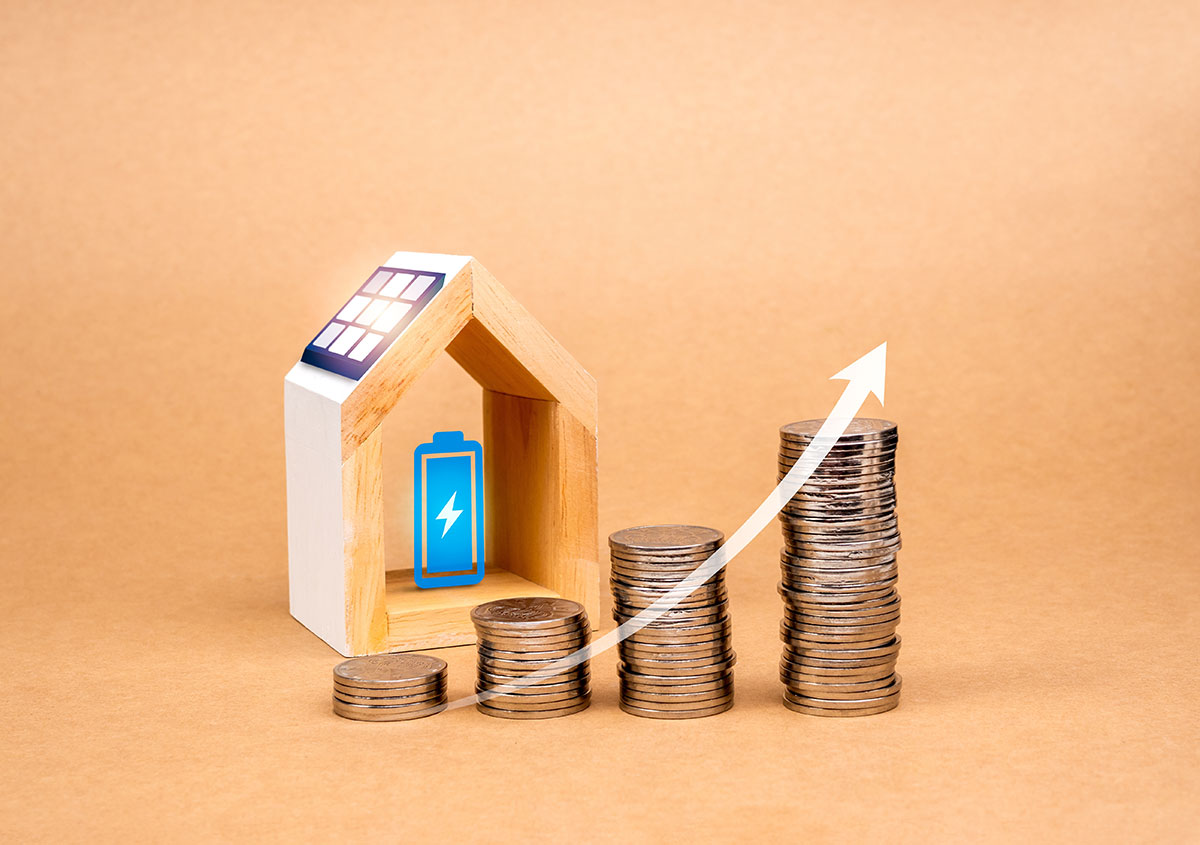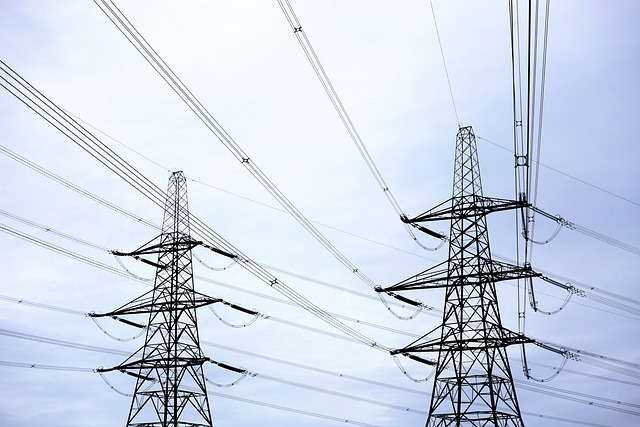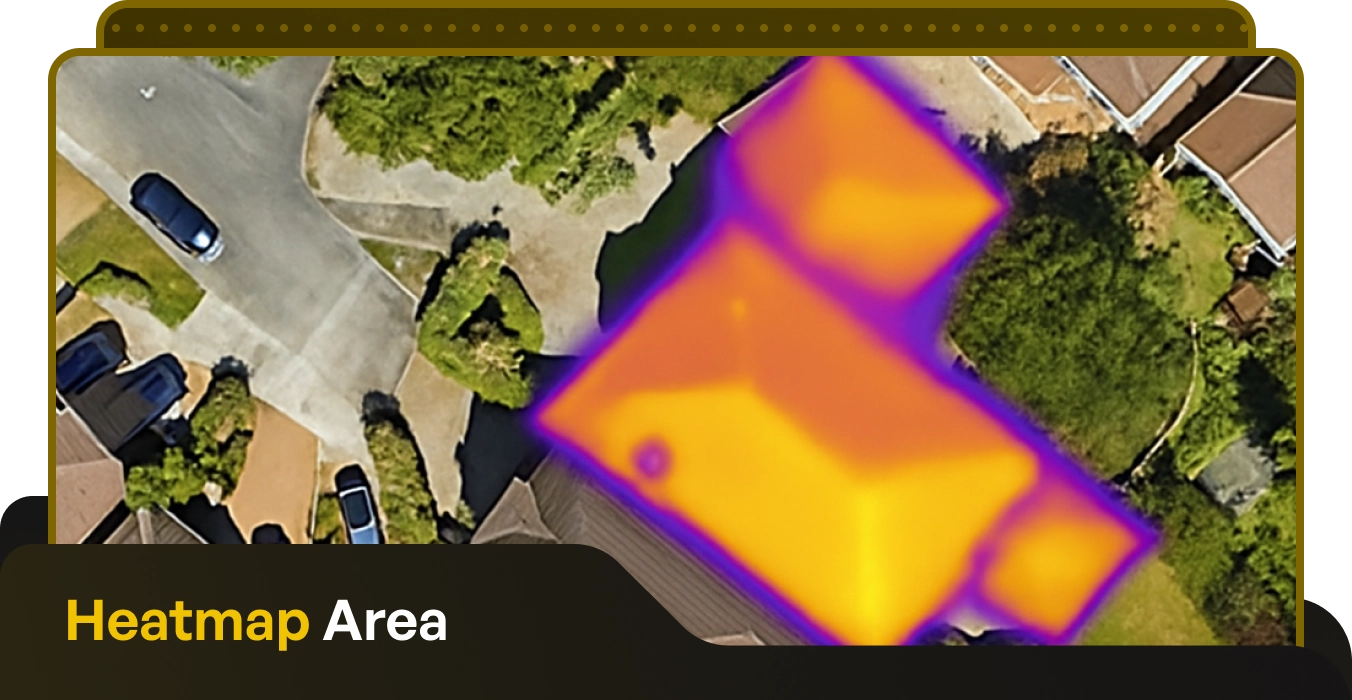Table of Contents
Solar PV Grants should be increased not slashed

Written by: Briain Kelly
Published: February 19, 2025
Last updated: October 21, 2025
Reading time: 4 mins
The Irish government has been generous with its support for the growth of renewable energy, with numerous grant programmes to encourage homeowners and businesses to install solar panels.
However, these grant programmes are being slowly cut down, when they should be expanded to increase the adoption of small scale renewable energy.
This will make Irish households less reliant on the grid, reducing their emissions and creating more resilient energy infrastructure.
Existing solar panel grants for Irish households should at the very least be frozen at their current level, if not expanded. The government should also reintroduce grant support for domestic battery systems, a rapidly growing sector which has the potential to reduce strain on the grid from domestic solar.
There are currently multiple sources of grant funding for solar PV projects. The TAMS 3 programme offers farmers up to €90,000 for solar energy meant for their own use. Businesses can receive up to €162,600 for a whopping 1,000kWp (1MW) worth of solar panels.
The most well known is the Solar PV Scheme which offers homeowners up to €1,800 for rooftop solar. This is the only one of those programmes under threat, with the government having long announced plans to whittle it down until there is nothing left.
For two years in a row, the scheme has been cut by €300 annually, going from a peak of €2,400 available per household to €1,800 for anyone who applies now.
It is expected to be reduced by a further €300 each year before the scheme is finally wound up in 2029. The reason the government has given for this is the declining cost of solar PV installations, a trend which they evidently expect to continue.
This flies in the face of logic and Ireland’s own goals of generating 80% of electricity from renewables by 2030.
The Need for Rapid Solar Power Growth
Ireland has set a goal of installing 8GW of solar electricity capacity by 2030, along with 14GW of onshore and offshore wind energy.
Time is a factor for Ireland when it comes to the adoption of solar and wind energy, which is why the government should be going all in on encouraging the adoption of solar power in all areas.
Last December’s report from the Irish Fiscal Advisory Council warned that Ireland could face penalties of up to €20 billion if the country fails to reduce its emissions in line with its legal obligations by 2030.
This would be a cost far in excess of what will be spent on encouraging the adoption of renewable energy technologies needed to meet those targets.
And while rooftop solar will only account for a portion of the 8GW we’re aiming for, with the bulk coming from utility scale solar farms, that’s no reason to pull back from it.
In 2024 alone 28,942 homes in Ireland had solar panels installed with the aid of SEAI grants. The average size of domestic solar PV systems installed in Q1 of 2024 was 5.5kWp.
That’s the average size, so many will be lower, but putting that to all of the homes which installed solar panels in 2024 comes to 159MW of solar capacity added to the grid. That’s more than all but the very largest of solar farms in the country.
Even if the number of homes getting solar panels installed doesn’t increase in 2025 and beyond, when all indicators suggest that it will, that will still be nearly a Gigawatt of capacity by 2030 starting from last year.
It should also be noted that the average system size installed has been increasing each year as solar panels become more efficient and powerful.

Will Solar Costs Continue to Fall?
Even if the price of solar PV modules does continue to fall it will deliver diminishing returns for the overall price of having solar panels installed.
Having 8 solar panels installed on your roof, on the smaller size of domestic PV systems, will cost in the region of €5,300 – €6,200 with the 2025 grant. Doubling the size of that system to 16 panels will increase the price to €7,700 – €8,700.
That’s a 40-45% increase in price for a system double the size. Labour and installation costs now make up a huge part of the price of a solar PV system next to the panels themselves.
That’s not a complaint. If you’re investing in something that will go on your roof for as long as 30 years it’s worth paying for a job done well. But the government can’t bank on those costs coming down any time soon.
There are also indications that after a sustained decrease for more than a year, prices for solar modules may be rebounding heading into 2025.
That’s without even beginning to consider the global economic turbulence we may experience in the coming years if countries adopt more aggressive and confrontational trade practices.
In short, making plans to cut grants based on assumptions about how prices will perform in the coming years is unsound, even if demand remains high.
Expand Options for Solar Grants
Solar batteries are becoming an increasingly popular choice for homeowners with solar panels, and even those without. This can add another significant bump to the price of a solar PV system, putting it up by as much as 50% in some instances.
And we should be encouraging homeowners to install batteries to go with solar panels. It makes financial sense to consume as much power generated by solar panels as possible to reduce your electricity bills.
It also reduces strain on the grid from this surge in microgeneration of power by cutting the amount of electricity which is being sent back into the grid by homes and businesses.
The government used to have a grant for battery installation, but this was eliminated in 2022. This was around the same time when home battery storage started to become more common as manufacturing increased substantially and prices began to fall.
A third area of solar technology which should be getting more attention is the potential for households to operate in island mode.
In general, if you have solar panels installed and there is a power outage they stop work. The inverter cuts them off to prevent any power from being exported to the grid. This makes sense as it could be a nasty surprise for any technicians making repairs.
But consider for a second, just out of wild speculation, that you have been without power for days on end. After a serious storm for instance.
Well if that were to happen you might be a bit miffed about the solar panels on your roof, which could be supplying your home with most of its electricity needs, being about as much use as a chocolate kettle.
The solution already exists to this. Dedicated switches can be installed to isolate your home from the grid so that panels and batteries can work as normal.
This could drastically improve the resilience of the electricity grid in Ireland and provide more security for homeowners.

Grants Encourage Growth
Far from cutting grants for domestic solar, the government should be expanding them. Not only freezing or increasing the current grant but adding more funding for battery installation and backup power.
Even if the decision to reduce or remove grants makes perfect financial sense in terms of falling costs, and I’m not saying that it does, this isn’t the only thing which should be considered.
There is a powerful psychological element involved in having grant support available for people who are wavering on the cusp of making the plunge.
Reducing or eliminating grants for solar power will lead to a certain number of people saying that the cost isn’t worth it now.
Having a strong programme of solar PV grants will encourage more homes in Ireland to adopt solar power, adding to our overall capacity and reducing the need to rely on large scale grid operators at all times.
Solar PV Grants should be increased not slashed
Published: February 19, 2025
Last updated: October 21, 2025

Written by: Briain Kelly
Reading time: 4mins
The Irish government has been generous with its support for the growth of renewable energy, with numerous grant programmes to encourage homeowners and businesses to install solar panels.
However, these grant programmes are being slowly cut down, when they should be expanded to increase the adoption of small scale renewable energy.
This will make Irish households less reliant on the grid, reducing their emissions and creating more resilient energy infrastructure.
Existing solar panel grants for Irish households should at the very least be frozen at their current level, if not expanded. The government should also reintroduce grant support for domestic battery systems, a rapidly growing sector which has the potential to reduce strain on the grid from domestic solar.
There are currently multiple sources of grant funding for solar PV projects. The TAMS 3 programme offers farmers up to €90,000 for solar energy meant for their own use. Businesses can receive up to €162,600 for a whopping 1,000kWp (1MW) worth of solar panels.
The most well known is the Solar PV Scheme which offers homeowners up to €1,800 for rooftop solar. This is the only one of those programmes under threat, with the government having long announced plans to whittle it down until there is nothing left.
For two years in a row, the scheme has been cut by €300 annually, going from a peak of €2,400 available per household to €1,800 for anyone who applies now.
It is expected to be reduced by a further €300 each year before the scheme is finally wound up in 2029. The reason the government has given for this is the declining cost of solar PV installations, a trend which they evidently expect to continue.
This flies in the face of logic and Ireland’s own goals of generating 80% of electricity from renewables by 2030.
The Need for Rapid Solar Power Growth
Ireland has set a goal of installing 8GW of solar electricity capacity by 2030, along with 14GW of onshore and offshore wind energy.
Time is a factor for Ireland when it comes to the adoption of solar and wind energy, which is why the government should be going all in on encouraging the adoption of solar power in all areas.
Last December’s report from the Irish Fiscal Advisory Council warned that Ireland could face penalties of up to €20 billion if the country fails to reduce its emissions in line with its legal obligations by 2030.
This would be a cost far in excess of what will be spent on encouraging the adoption of renewable energy technologies needed to meet those targets.
And while rooftop solar will only account for a portion of the 8GW we’re aiming for, with the bulk coming from utility scale solar farms, that’s no reason to pull back from it.
In 2024 alone 28,942 homes in Ireland had solar panels installed with the aid of SEAI grants. The average size of domestic solar PV systems installed in Q1 of 2024 was 5.5kWp.
That’s the average size, so many will be lower, but putting that to all of the homes which installed solar panels in 2024 comes to 159MW of solar capacity added to the grid. That’s more than all but the very largest of solar farms in the country.
Even if the number of homes getting solar panels installed doesn’t increase in 2025 and beyond, when all indicators suggest that it will, that will still be nearly a Gigawatt of capacity by 2030 starting from last year.
It should also be noted that the average system size installed has been increasing each year as solar panels become more efficient and powerful.

Will Solar Costs Continue to Fall?
Even if the price of solar PV modules does continue to fall it will deliver diminishing returns for the overall price of having solar panels installed.
Having 8 solar panels installed on your roof, on the smaller size of domestic PV systems, will cost in the region of €5,300 – €6,200 with the 2025 grant. Doubling the size of that system to 16 panels will increase the price to €7,700 – €8,700.
That’s a 40-45% increase in price for a system double the size. Labour and installation costs now make up a huge part of the price of a solar PV system next to the panels themselves.
That’s not a complaint. If you’re investing in something that will go on your roof for as long as 30 years it’s worth paying for a job done well. But the government can’t bank on those costs coming down any time soon.
There are also indications that after a sustained decrease for more than a year, prices for solar modules may be rebounding heading into 2025.
That’s without even beginning to consider the global economic turbulence we may experience in the coming years if countries adopt more aggressive and confrontational trade practices.
In short, making plans to cut grants based on assumptions about how prices will perform in the coming years is unsound, even if demand remains high.
Expand Options for Solar Grants
Solar batteries are becoming an increasingly popular choice for homeowners with solar panels, and even those without. This can add another significant bump to the price of a solar PV system, putting it up by as much as 50% in some instances.
And we should be encouraging homeowners to install batteries to go with solar panels. It makes financial sense to consume as much power generated by solar panels as possible to reduce your electricity bills.
It also reduces strain on the grid from this surge in microgeneration of power by cutting the amount of electricity which is being sent back into the grid by homes and businesses.
The government used to have a grant for battery installation, but this was eliminated in 2022. This was around the same time when home battery storage started to become more common as manufacturing increased substantially and prices began to fall.
A third area of solar technology which should be getting more attention is the potential for households to operate in island mode.
In general, if you have solar panels installed and there is a power outage they stop work. The inverter cuts them off to prevent any power from being exported to the grid. This makes sense as it could be a nasty surprise for any technicians making repairs.
But consider for a second, just out of wild speculation, that you have been without power for days on end. After a serious storm for instance.
Well if that were to happen you might be a bit miffed about the solar panels on your roof, which could be supplying your home with most of its electricity needs, being about as much use as a chocolate kettle.
The solution already exists to this. Dedicated switches can be installed to isolate your home from the grid so that panels and batteries can work as normal.
This could drastically improve the resilience of the electricity grid in Ireland and provide more security for homeowners.

Grants Encourage Growth
Far from cutting grants for domestic solar, the government should be expanding them. Not only freezing or increasing the current grant but adding more funding for battery installation and backup power.
Even if the decision to reduce or remove grants makes perfect financial sense in terms of falling costs, and I’m not saying that it does, this isn’t the only thing which should be considered.
There is a powerful psychological element involved in having grant support available for people who are wavering on the cusp of making the plunge.
Reducing or eliminating grants for solar power will lead to a certain number of people saying that the cost isn’t worth it now.
Having a strong programme of solar PV grants will encourage more homes in Ireland to adopt solar power, adding to our overall capacity and reducing the need to rely on large scale grid operators at all times.
Solar Energy Saves Households Thousands in Electricity Costs
Take our 2-minute questionnaire and find affordable solar options to suit your budget and lifestyle.



